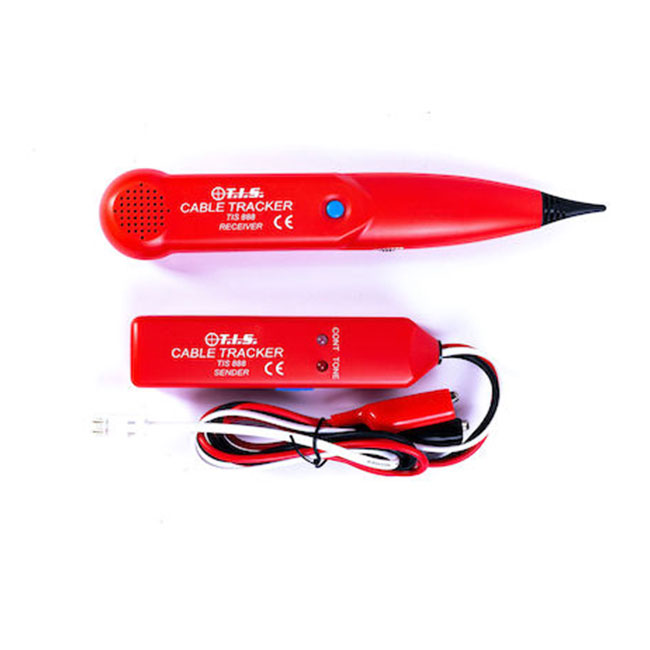An electrical tester can waste a lot of time if they don’t have the right tools or instruments for the job. Troubleshooting can be far more difficult and time-consuming without the correct equipment, and a good example of this is the tone generator, also called a circuit tester or a wire tester.
In an electrical installation you often have to trace wires to carry out a particular task, and where these are not visible, where there are lots of wires or cables in an installation, or where you have unmarked or broken pairs of wires or cables, this can feel like an impossible task. But the tone generator is designed to solve this problem. The purpose of a tone generator is to identify and trace wires or cables in a group without damaging the insulation, and therefore in a non-invasive way.
What does a tone generator check for?
The tone generator allows the user to quickly check for breaks in a circuit and to trace and locate wires. The instrument also allows the user to carry out a quick continuity and polarity test on the circuit, to check for permanent or intermittent problems.
Typically a tone generator can trace wires that are:
- Buried
- Single stranded
- Broken
- Telephone lines or alarm installations
- Twisted pairs
- LAN
- Multi-conductors
- Coaxial cables

What does a tone generator look like?
There are two elements to a typical tone generator, such as the TIS 888 multifunction tone generator:
- Transmitter – this is sometimes called a tracker, and is a small unit with LED indicators, dials and two alligator clips – red and black
- Probe – this is sometimes called a receiver, and is a long thin instrument with a pointed probe on one end
How does a tone generator work?
First of all it is important to stress that a circuit tester/tone generator should not be used on live circuits. You should always ensure that power has been isolated to the circuit before you start working on it. There are two key stages to using a tone generator, these are establishing whether there is a circuit, and then locating the actual wires or cable. For these tests there are two settings on the tone generator:
- Continuity setting – using the continuity setting you should connect the red clip on the transmitter to the wire and attach the black clip to ground. This will enable you to establish if continuity in the circuit exists, or if there is a disconnection in the circuit. The transmitter injects a traceable solid signal into the wire or cable which can be picked up by the probe/receiver. The insulated probe protects the conductors from shorting. The LED lights on the transmitter are coloured green, yellow and red, and will light up steadily, or will flicker or will light up dimly, depending on the different wiring conditions it has picked up and the tests being carried out.
- Tone setting – by switching the unit to tone setting you can activate the probe and move it towards the wire location. It should then pick up the signal sent by the transmitter and enable you to locate the wire. The transmitter will indicate this by making an audible sound, which could be a faint warble or a more definite pulse, depending on how strong the signal is. The closer you move towards the wire, the louder or stronger the tone should be.
So the tests carried out by a circuit tester/tone generator are visual and audible. With some models you are able to connect an earphone jack to pick-up the audible signals. This is good for quiet environments where you don’t want to interrupt people with regular beeping noises, or for loud environments where you otherwise wouldn’t be able to hear a faint noise. With some models you are also able to adjust the sensitivity of the unit using a dial.
Who would use a circuit tester/tone generator?
This instrument is widely used by electrical installation engineers and is also used in building maintenance and construction. It is commonly used for the installation, test and maintenance of telephone lines.
Please note that this section is for information purposes only. Anyone using equipment referred to in this section must be suitably qualified and/or experienced within the respective field. If in doubt before use, please consult a qualified electrician or engineer & thoroughly read all instruction booklets.